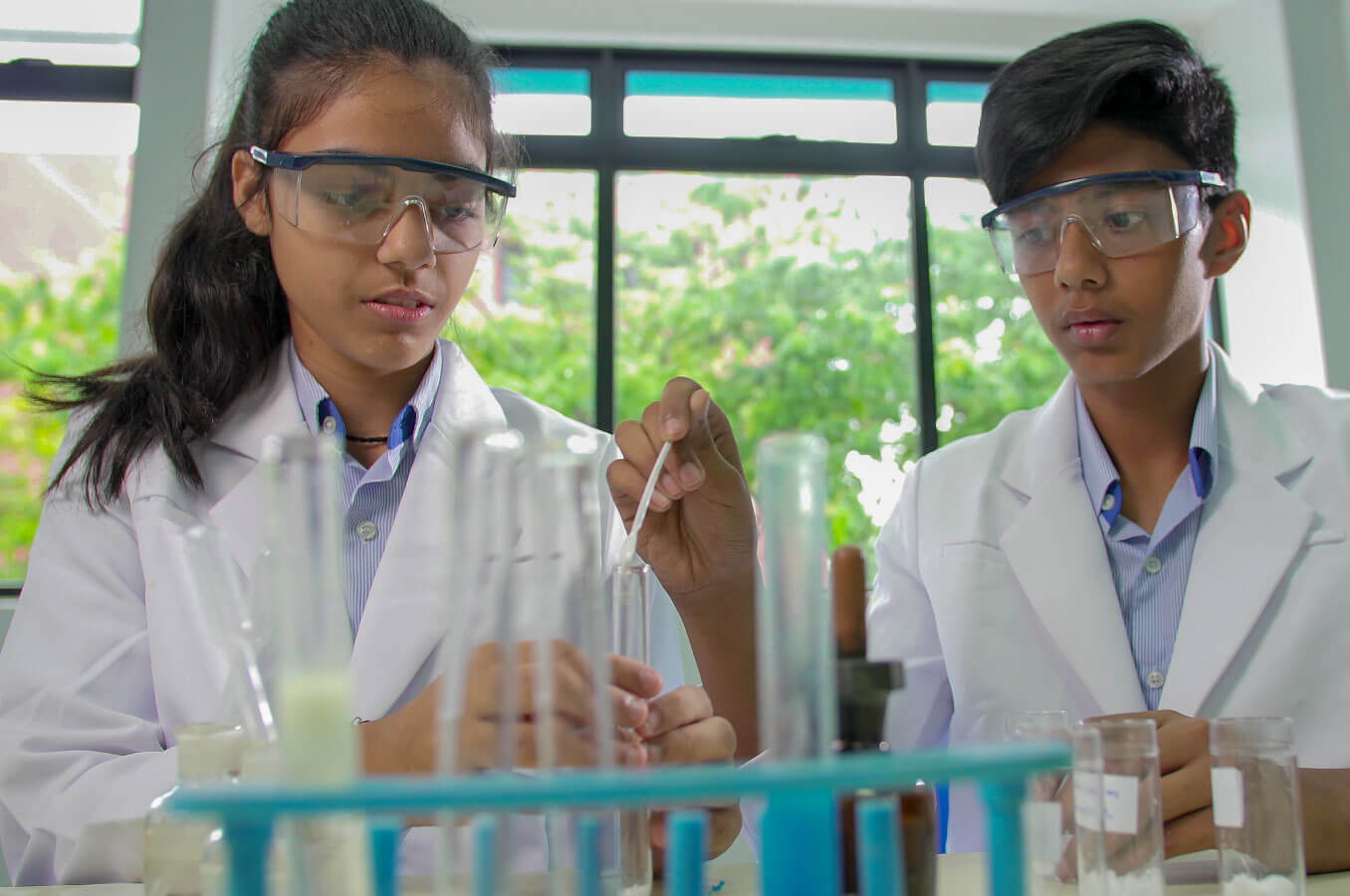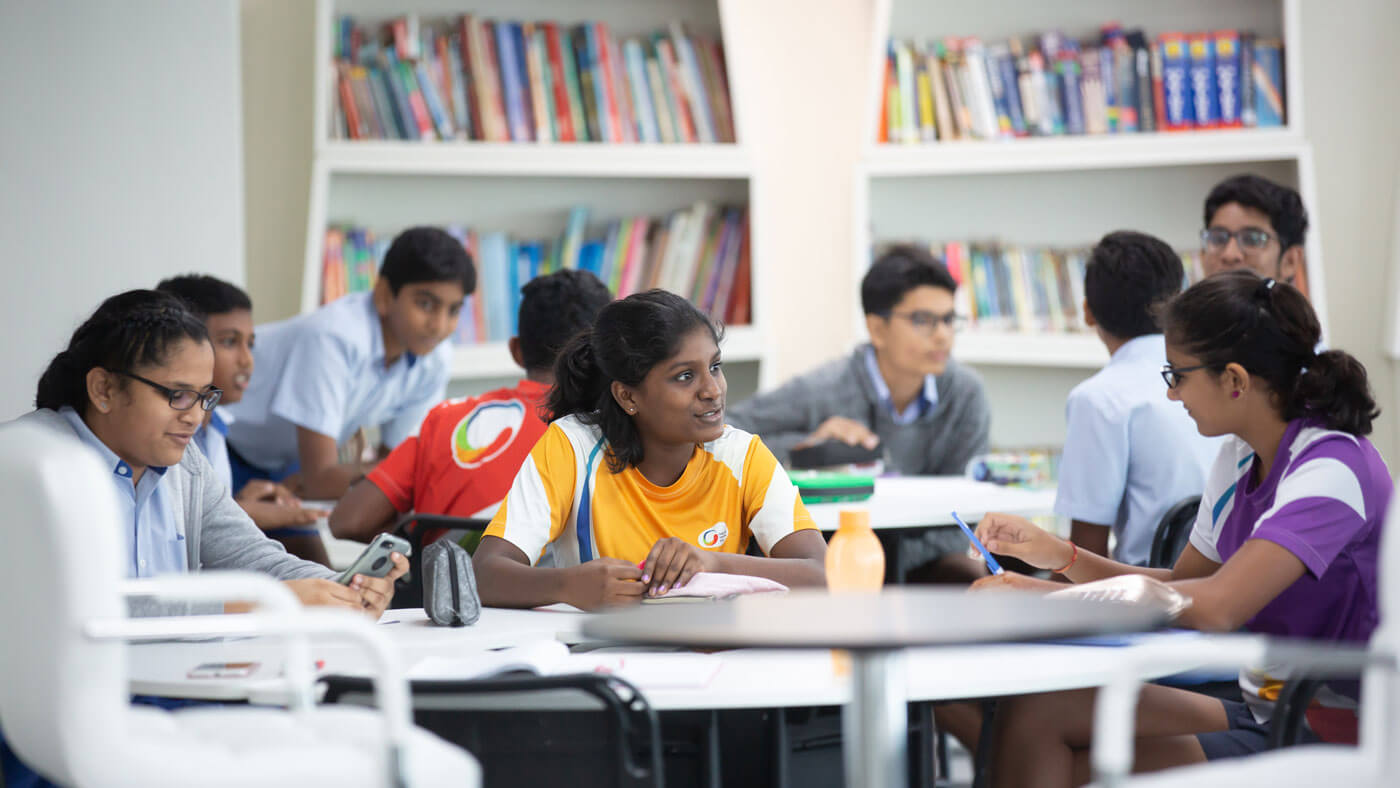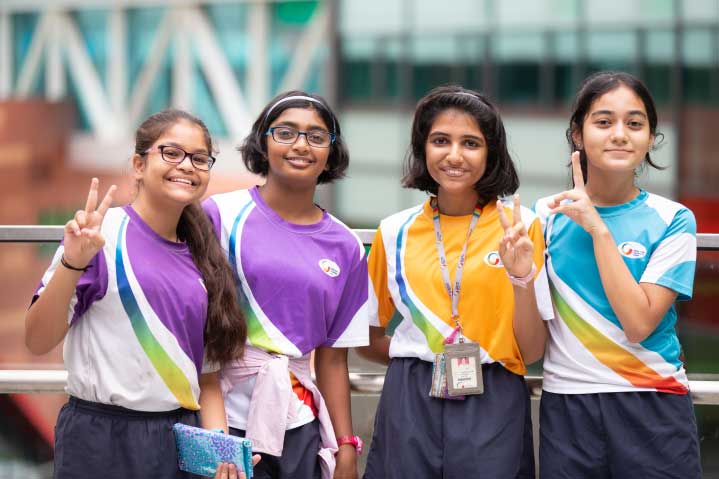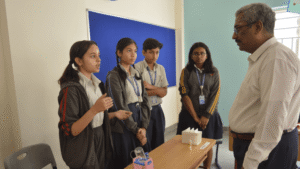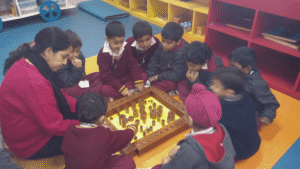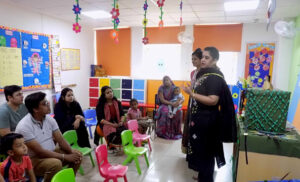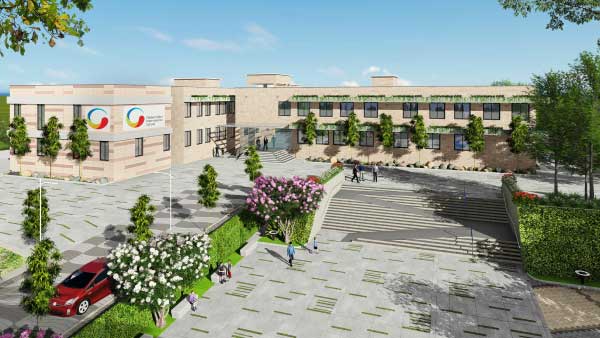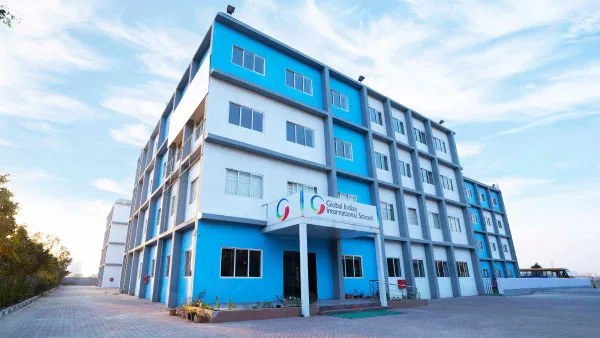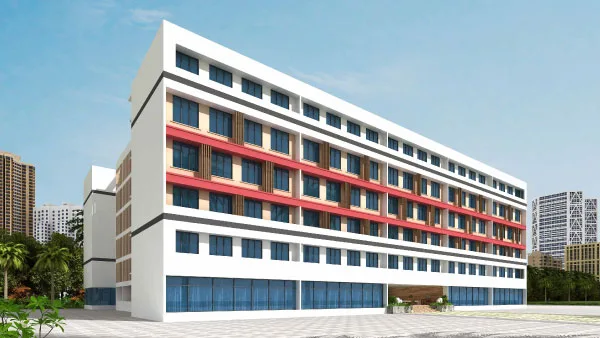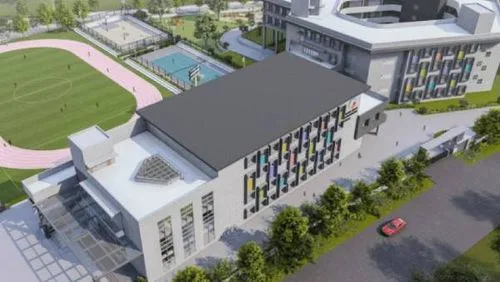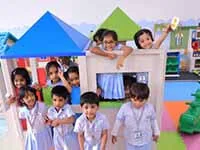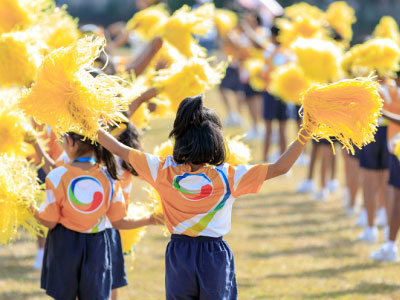Download our FREE Academic Calendar now! 📚 Start your child’s journey to success.
Have you ever wondered how your child’s school environment impacts their growth and development? As parents, we often focus on academic excellence, but a safe and nurturing school environment is equally crucial.
Think about it. Your child spends a significant portion of their day at school. The classroom environment shapes their experiences, influences their behaviour, and moulds their personality.
But here’s the shocking reality: According to a study, nearly 21% of students aged 12-18 reported being bullied at school. This statistic shows the urgent need for safe school environments.
So, how do you ensure your child’s school prioritises safety? What factors should you consider? Keep reading to discover why choosing a school with a safe environment is crucial for your child’s growth and what key aspects to look out for.
Does the school teach kids to stay safe?
When it comes to safety education, senior secondary schools in Noida are stepping up their game. But what does this mean for your child? It’s not just about stranger danger anymore.
Schools are now taking a holistic approach to safety education. They’re teaching kids about online safety, how to recognise and report bullying, and even basic first aid. Some schools are going the extra mile by incorporating safety drills into their routine. These aren’t just fire drills, but also lockdown procedures and earthquake preparedness.
Are staff checked and trained for safety?
Safety starts with the people in charge. A school’s commitment to safety is reflected in how they vet and train their staff. But what does this look like in practice?
- Rigorous Background Checks: Schools should conduct thorough background checks on all staff members, including teachers, administrators, and support staff.
- Regular Safety Training: Staff should receive ongoing training on safety protocols, emergency procedures, and first aid.
- Mental Health Awareness: Teachers and staff should be trained to recognise signs of mental health issues or distress in students.
- Anti-Bullying Protocols: Clear guidelines on how to identify, report, and address bullying should be in place.
- Child Protection Policies: All staff should be well-versed in child protection policies and procedures.
Is everyone entering and leaving tracked?
In today’s world, keeping tabs on who comes in and out of school is crucial. Even the best international preschool knows this. But what does effective entry and exit tracking look like?
It’s more than just a sign-in sheet at the front desk. Many schools now use advanced systems like electronic ID cards or biometric scanners. These tools not only track who’s in the building but also when they arrived and left.
But it’s not just about technology. It’s about creating a culture of awareness. Staff should be trained to spot and report any unfamiliar faces. Visitors should always be required to check in and wear visible identification. And students? They should know the importance of not letting strangers into the building.
Are children properly supervised?
Supervision is not just about keeping an eye on kids; it’s about creating a watchful, caring presence throughout the school day.
Effective supervision starts in the classroom. Teachers should be actively engaged, moving around the room, and aware of each student’s activities. But it doesn’t stop there.
What about lunch breaks, playground time, or transitions between classes?
Good schools have systems in place. They ensure adequate staff-to-student ratios during all activities. They have clear protocols for handovers between teachers. And they pay special attention to potentially risky areas like playgrounds or science labs.
Is the school caring and supportive?
A safe school is more than just secure doors and watchful eyes. It’s about creating an environment for learning that’s caring and supportive. But what does this look like in practice?
- First off, it’s about relationships. In a supportive school, teachers know their students. They understand their strengths, challenges, and unique personalities. They’re not just lecturers; they’re mentors and guides.
- Next, it’s about emotional safety. Kids should feel comfortable expressing themselves, asking questions, and even making mistakes. There should be zero tolerance for bullying or discrimination of any kind.
- A caring school also recognises that every child is different. They offer support for diverse learning needs, whether that’s extra help for struggling students or advanced programmes for high achievers.
- Mental health is another crucial aspect. Good schools have counsellors on hand and programmes in place to support students’ emotional well-being. They teach coping skills and stress management techniques.
- Lastly, a supportive school involves parents. They keep you in the loop about your child’s progress and any concerns. They see you as a partner in your child’s education.
Also Read: Learning Beyond Borders: Building Global Connections in CBSE Classrooms
Final Thoughts
Choosing the right primary schools in Noida for your child is a big decision. And as we’ve seen, a safe and supportive environment for learning is crucial for your child’s growth and development. At GIIS Noida, we understand this deeply.
We’re committed to creating a secure, nurturing space where your child can thrive. From our rigorous safety protocols to our supportive teaching approach, we prioritise your child’s well-being in every aspect of school life.
Want to see for yourself how we’re creating a safe haven for learning? We’d love to show you around. Fill out our contact form below to schedule a visit. Let’s work together to give your child the safe, supportive education they deserve.

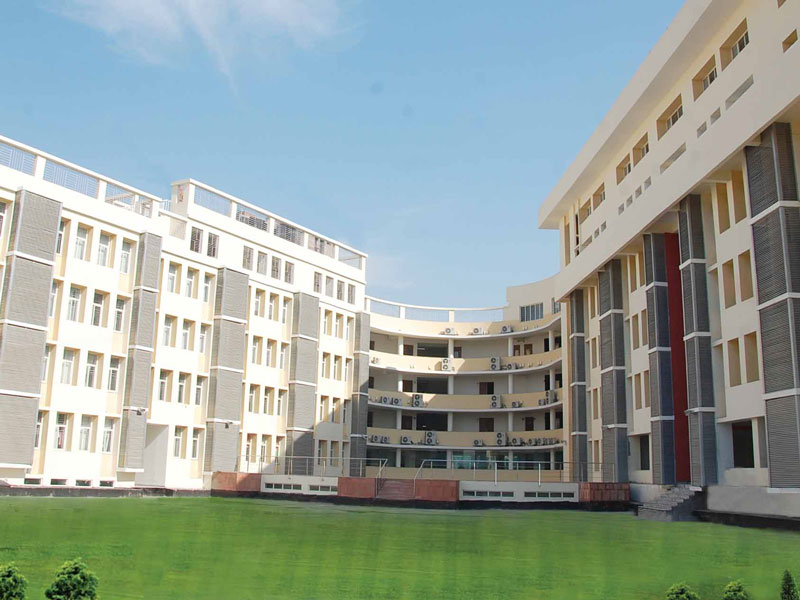 Noida Campus
Noida Campus